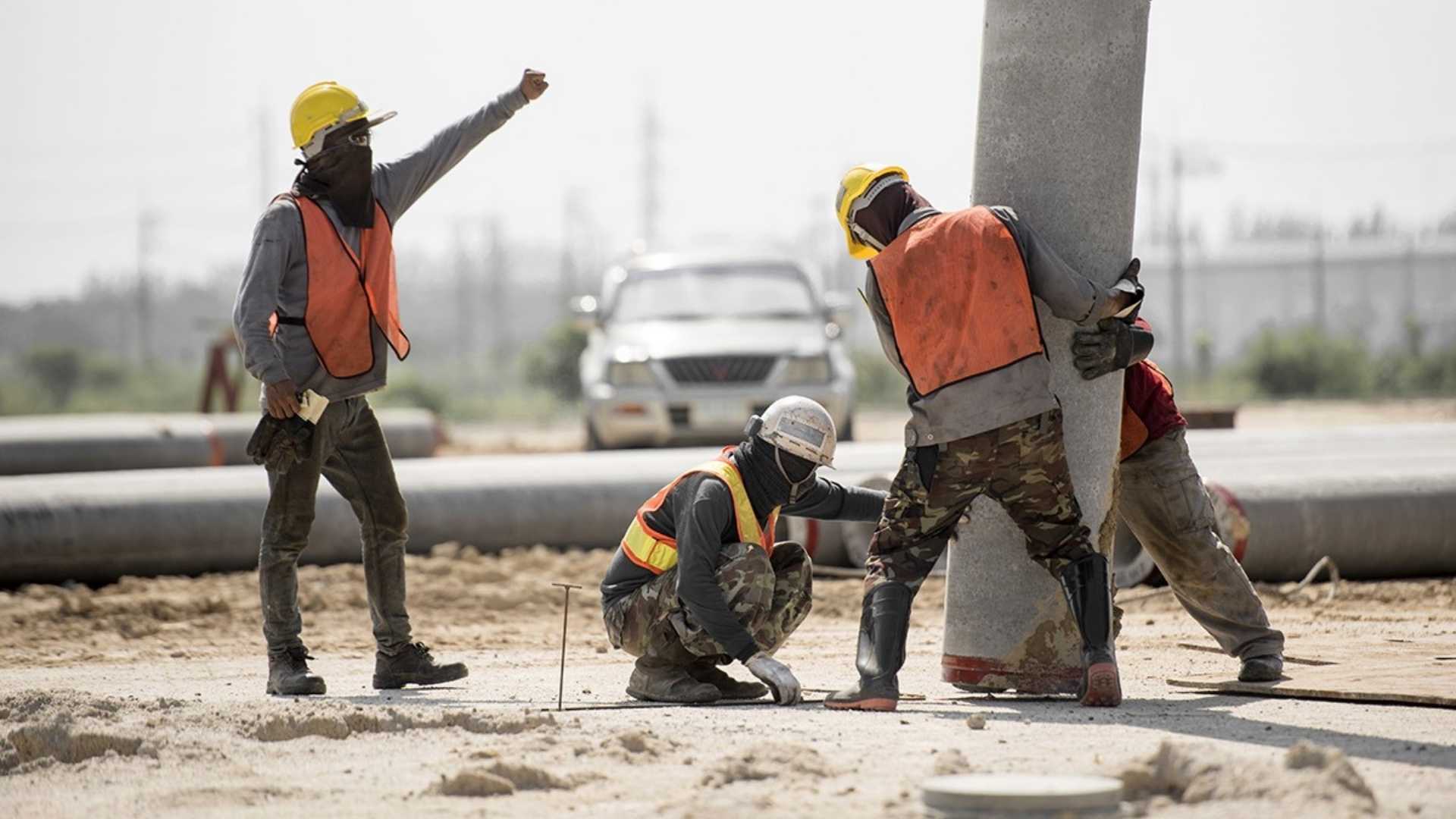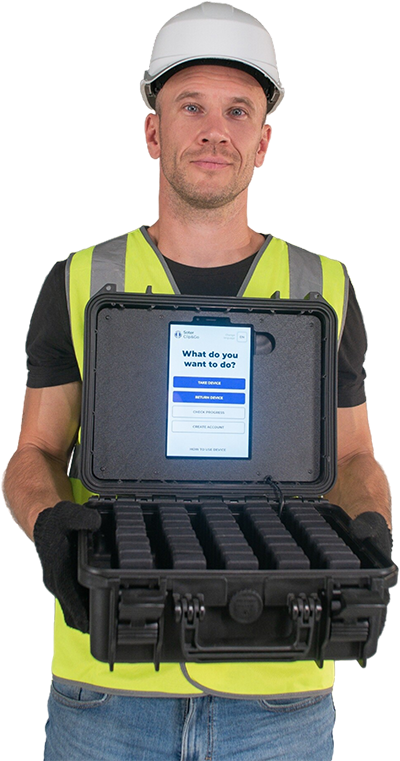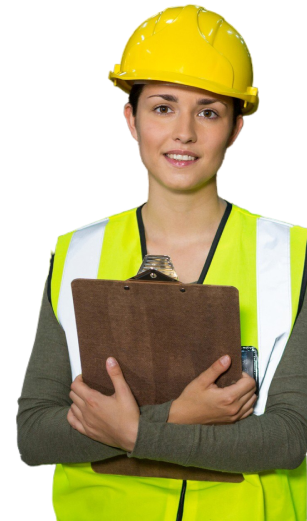The Awareness Impact
How feedback (of all forms) brings the awareness to kick off a behavioural change

How feedback (of all forms) brings the awareness to kick off a behavioural change
Feedback can assume many different shapes. And now, due to the tech insurgence it’s being thrown at you more than you are probably aware.
Do you turn off your smartphone-generated ‘Weekly Screen Time Report’ or do you face it and try to improve your screen time attendance each week? And then track your goals?
Most of us tend to flinch at the thought of receiving feedback that might not be positive but if you’re in any position of self-betterment, you’d know that feedback is one valuable tool to incite behavioral change.
The Soter devices provide multiple styles of real-time feedback; vibro-tactile, audible and visual in the form of movement data displayed on a screen.
All types are part of the accumulative measure of increasing the awareness of an individual’s activity to prevent injuries from occurring, instigating a behavioral change of some sort.
The sensor identifies multiple hazardous movements; spine twist and poor-technique sagittal flexion, and the compounders for predisposition to injury; repetition, intensity and static postures (1). For the shoulder it measures arm elevation, hazardous pushing & pulling, and shoulder overexertion.
Biofeedback
Any type of feedback given to a user, whether tactile, auditory or visual can sometimes be called biofeedback. The different forms enable a wearer to feel, hear or see (in a visual representation) their own performance, thus are able to adjust themselves and improve.
According to Franz Konstantin Fuss from the Royal Melbourne Institute of Technology, “biofeedback training leads to improvement of performance faster than any conventional training and has higher success rates.” (2)
Biofeedback risk alerts tailored to an individual promote increased proprioception and movement development opportunities, aiding behavioural change. Imprinting movement awareness using this technique can greatly help with increasing and permanently changing workers position sense and their own movement safety. (2,3)
“Real-time feedback can act as an external cue for reinforcement learning in humans. The feedback can act as a negative reinforcement which will challenge individuals to adapt their lifting strategy, while the absence of the sound acts as a positive reinforcement.” (2)
Movement patterns that put a worker at risk of injury can be caused by multiple factors such as environmental, psychosocial, physical limitations or simply lack of awareness. Whatever the cause, the feedback provided will highlight the need for review of the situation.
Feedback Example
For example, the device has alerted a worker that they are performing spine twisting at a high-risk level, either too many times throughout the day or over a period of time every day.
This is the initial awareness that kicks off a behavioral change.
In the first instance, the worker will begin to question internally why the device is alerting them. This takes them from the precontemplation stage of behavioral change into the contemplation stage.
Precontemplation: Not aware that a change needs to be made. There is no awareness of change or intention to change, and the behavior is not seen as high-risk.
Contemplation: Begins to think about changing. Becoming aware that a problem exists and beginning to think about overcoming it.
This awareness can be harnessed by safety teams to have an educated discussion with the worker around what are the tasks that have exposed them to the hazardous twisting movements and what can be done to improve them.
The solution may be to simply create more space to enable movement of their feet to avoid the spine twisting or maybe to provide the worker with tailored manual handling training around healthy spine movements or perhaps mechanical controls are required. Either way, the device has provided the alert that a change is needed in order to sustain long term musculoskeletal health of the worker.
Preventative Measures
Workers typically strive to reach a goal to lower the number of hazardous movement notifications throughout the day. Minimizing the hazardous movements that lead to injury instead of dealing with injury recovery moves organizations into the preventative space to prevent injuries in the workplace.
The devices start the process of elimination at the individual, providing awareness of movements, and then spread to the organization by use of the data assisting in identifying the risk. This sets off investigations as to the cause and aids in the application of appropriate controls to obtain a thriving safety ecosystem.
About Soter Analytics
Soter Analytics is a global safety science company producing AI-supported wearable solutions that reduce the risk of ergonomic injuries in the workplace. Soter wearables are widely used in logistics, manufacturing, healthcare and other industries, helping leading companies to prevent up to 55% of back & shoulder musculoskeletal injuries.
To see how Soter Analytics can help you improve safety behaviour, engage employees to self-manage their training and prevent workplace ergonomic injuries, simply Book a FREE Demo today.
References
Marras, W. (2000). Occupational low back disorder causation and control. Ergonomics, 43(7), 880–902. https://doi.org/10.1080/001401300409080
Punt, M., Nematimoez, M., van Dieën, J.,H., & Kingma, I. (2020). Real-time feedback to reduce low-back load in lifting and lowering. Journal of Biomechanics, 102 doi:http://dx.doi.org.ezproxy.library.uwa.edu.au/10.1016/j.jbiomech.2019.109513
Düking, P., Holmberg, H., & Sperlich, B. (2017). Instant Biofeedback Provided by Wearable Sensor Technology Can Help to Optimize Exercise and Prevent Injury and Overuse. Frontiers in Physiology, 8, 167–167. https://doi.org/10.3389/fphys.2017.00167


